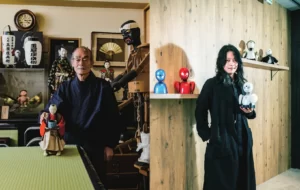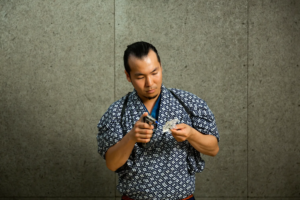Why Should We Talk About “Edo” Today? – Yuko Tanaka, Researcher on Japanese Edo Culture
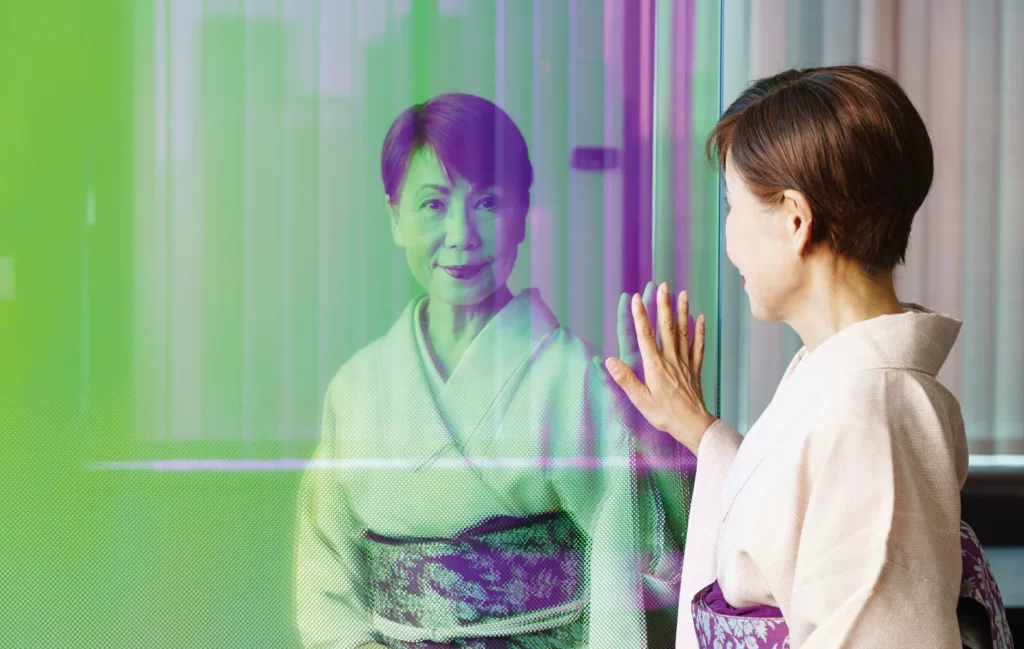
Why are we turning our attention to the ecology of Edo – “EDOlogy”? We will look at the “essence” of what we need to learn in order to realize a recycling-oriented society in the 2025 era.
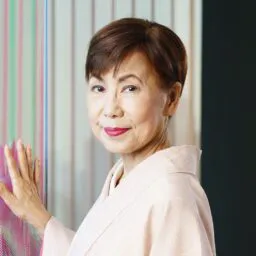
Yuko Tanaka
Yuko Tanaka is a researcher of Edo culture. She is the 19th president of Hosei University and professor emeritus of the same university. In 2014, she became the first female president of a university in the Tokyo region and the first female president of a university in the Tokyo region.
The Edo period in Japan (1603-1867), which was a sustainable, recycling-oriented society, has many lessons that can enrich modern society.
Yuko Tanaka, former president and professor emeritus of Hosei University, who has worked extensively as a researcher of Edo culture, explains why we should look at life in the Edo period today. To understand sustainability in the Edo period, Tanaka first explains the way people worked in Edo.
For people in the Edo period, who had a sense that time cycled through the seasons of spring, summer, fall, and winter, working sustainably was a condition for survival. If they cleared too much farmland, cut too many trees, or took too many fish, they would not be able to live the following year. They understood that nature revolves around us and that we need to control ourselves in order to enjoy its bounty.
While today’s society is beginning to move toward solutions to the challenges created by excessive growth and competition, the people of the Edo period also enhanced the sustainability of their society by being environmentally conscious.
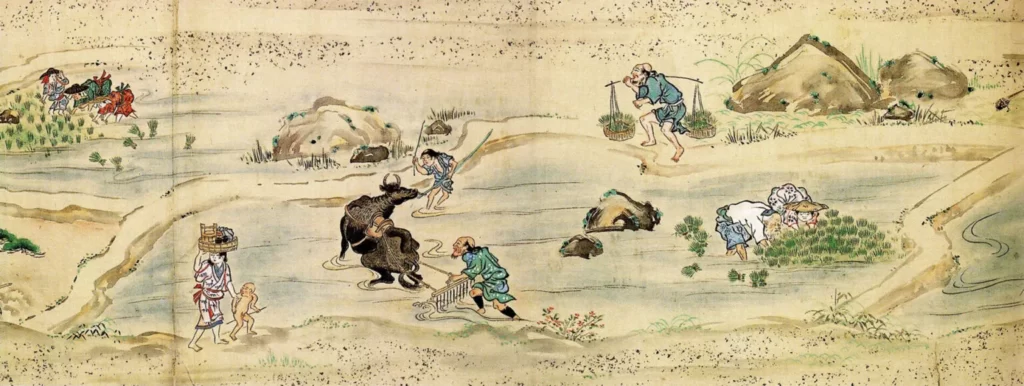
During the Edo period, the political organization was organized around the shogunate and the various domains, and the economic and financial foundation was maintained by assigning moku (stone value) to arable land based on the amount of rice produced and collecting annual tribute in the form of rice from farmers. At that time, about 80% of the population was engaged in agriculture, and various innovations were made to achieve more efficient production. (“Four Seasons Cultivation and Children’s Games,” owned by the Institute for the Study of Japanese Jyominka Culture, Kanagawa University)
The people of Edo were also adept at innovation, not just coexisting with nature. The source of this innovation was “networking and knowledge sharing“.
Samurai warriors gathered in Edo from all over the country, including the outgoing officials of each clan who were tasked with protecting the Edo domain residences, actively exchanged information. In addition, people in positions as farmers often prepared and published detailed, illustrated agricultural manuals called “Nosho” (agricultural manuals). As the “Nohsho” spread throughout the country, agricultural innovations spread, and a cycle was formed in which new ideas and new concepts were born again.”
The Power of “Ren” Community
For the people of Edo, Work = Life. Therefore, they were willing to work to protect the infrastructure of their lives, such as putting out fires, repairing rural roads, re-thatching roofs, and mending nets. There was no boundary between work to earn money and service to maintain the community.
Tanaka explains that reexamining this “power of community” is essential for the future of Japan.
Community played a role in limiting risks that threatened people’s lives, such as fire and natural disasters, but it also occupied an important position in business. In the Edo period, the ‘house’ was considered more important than anything else, but it was not only competence that was required of successors. Influence and contribution to the community, such as through unions, were also important qualities.”
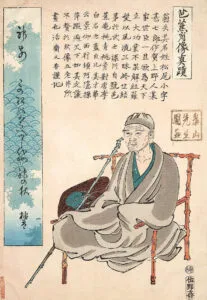
In the Edo period, there were many “non-work organizations” throughout Japan, such as “Ren,” “Sha,” “Kai,” “Kumiai,” and “Za,” and there was a structure in which people had more than one “self,” such as kyoka poets and painters who belonged to these organizations. (Basho Portrait Traces, Tokyo Shiryo 421-C2-5)
Communities were not only essential connections for survival, but also served as networks to enrich people’s lives. For example, during the Edo period, festival days, called “Play Days,” increased. Tanaka says that this was made possible by the young people’s request to their elders. Communities in the Edo period were also important places for reconciling interests and promoting communication between generations.
“Not only did festivals provide relaxation, but they also became a valuable base for honing non-work related skills such as dancing and singing, and for learning how people could work together in unusual ways,” Tanaka says. “In urban areas, the Ren community was formed and served as a valuable nursery for cultural development.”
Diverse Development and the Spirit of Circulation Generate New Ideas
As soon as two or three people got together, a Ren was formed. Ren offered an experience completely different from the world in which they lived, and had the function of diversifying the selves of the people of Edo. However, not only did these communities not bring in a penny, but most of the time they were rather costly. This is a different structure from Europe, where patrons were the bearers of culture. For this reason, the people in the Ren were characterized by the fact that they worked together in creative activities: if they needed money for expenses, they shared it among their fellow members of the Ren, if they did not have a place, they asked Hatamoto to provide one, or they asked cooks and publishers to cooperate.
This means that people in Edo were able to express their creativity with the support and cooperation of their networks and people through what we would call today crowdfunding, shared offices, corporate tie-ups, and other means. Ren also contributed to the creation of a spirit that was not bound by the status quo and a multi-layered internal “avatar. Tanaka analyzes that the influence of Ren was behind the emergence of many cultural figures during the Edo period who transcended the boundaries of status and prescribed work.
In addition, during the Edo period, when people’s creative spirit was heightened through Ren, a spirit of respect emerged for past cultures such as classical stories and paintings.
One of the characteristics of the culture of the Edo period was its diverse development. Even in today’s society, youth culture is spreading around the world by taking a single story and turning it into a novel, animation, movie, game, etc. There were numerous remakes and media mixes in the Edo period as well. For example, there are two words that describe the structure of kabuki: “world” and “taste. The “world” refers to the basis of the story, and the “taste” refers to the “change” of the expression by incorporating new information and updating it. In the Edo period, Noh plays, Heike Monogatari and Taiheiki were used in kabuki, and great artists of the time, such as Honami Koetsu and Tawaraya Sotatsu, were inspired by the culture of the Heian period.
The idea of diverse development and circulation, reviving classics with new techniques and a new sense of style, is also connected to the world of Crafts. Craftsmen took pride in their skills, while those who consumed things made sure to recycle.
The spirit of valuing things gave birth to creations that are called masterpieces. Also, things that were no longer used, such as kimonos and paper, were recycled or remade and used for other purposes. The spirit of circulation took root not only in work and daily life, but also in culture and consumer behavior.
Although the spirit of circulation pervaded every corner of the Edo period, the circle was by no means closed. Tanaka emphasizes that the circle was always open, both internally and externally.
The word ‘seclusion’ did not exist in the Edo period. It was a word and expression brought from abroad. Dispelling historical preconceptions and images and looking at the diverse lifestyles of the people of Edo, should be one of the opportunities to get ideas for realizing a recycling-oriented society in the age of 2025.
April 2022 coverage
Text: He Zhongqi
Photo: Yutaro Yamaguchi
Editing: Miki Chigira




